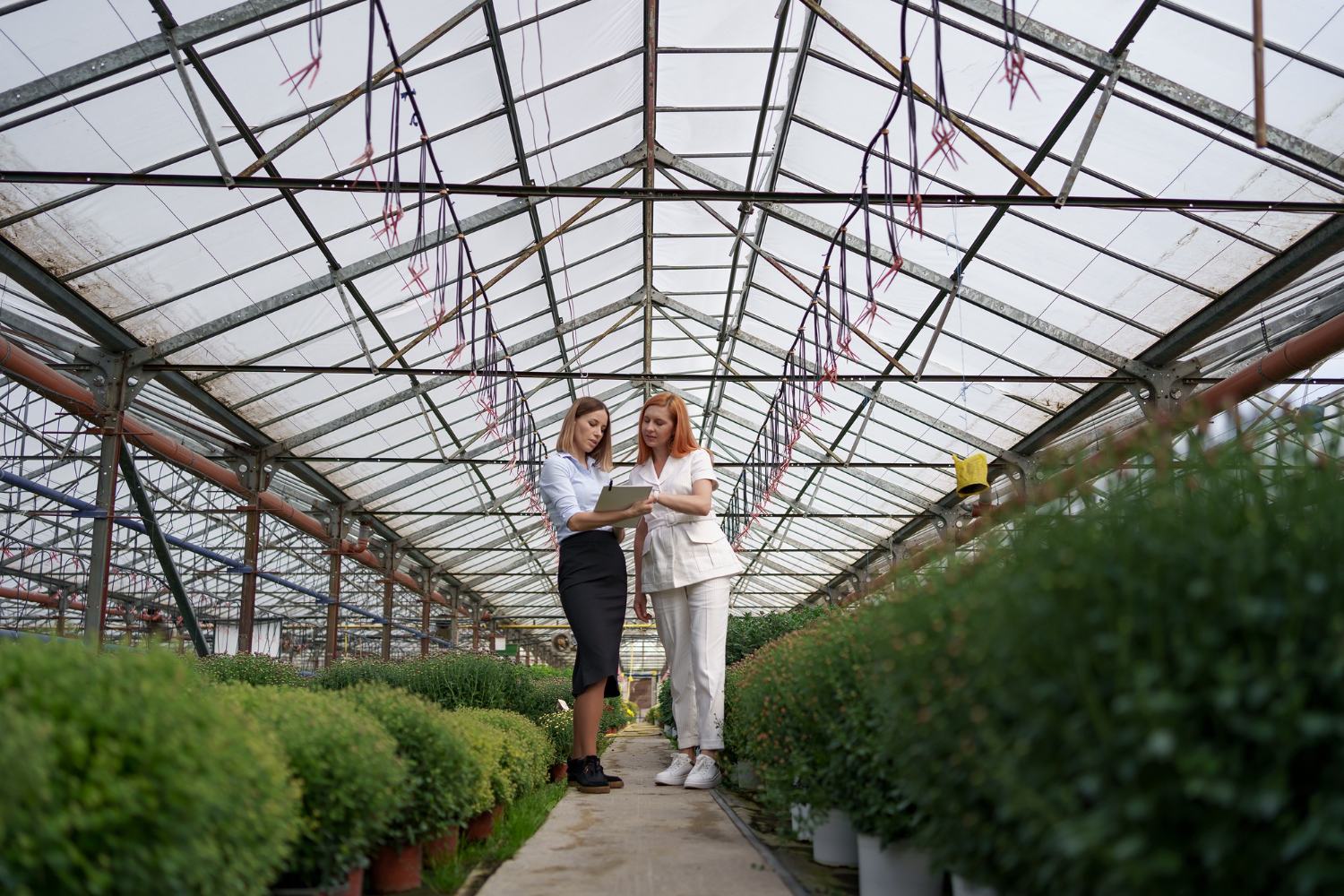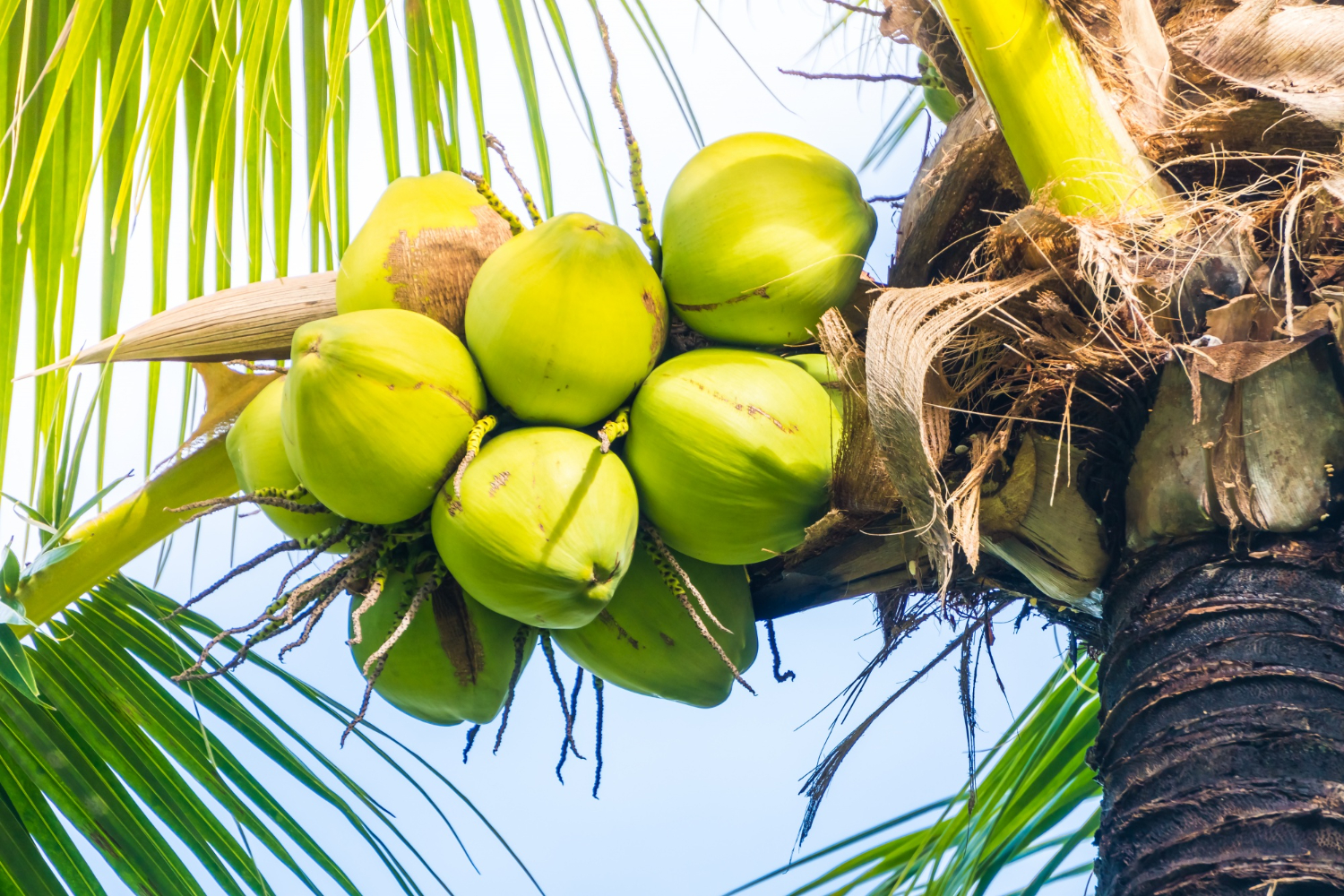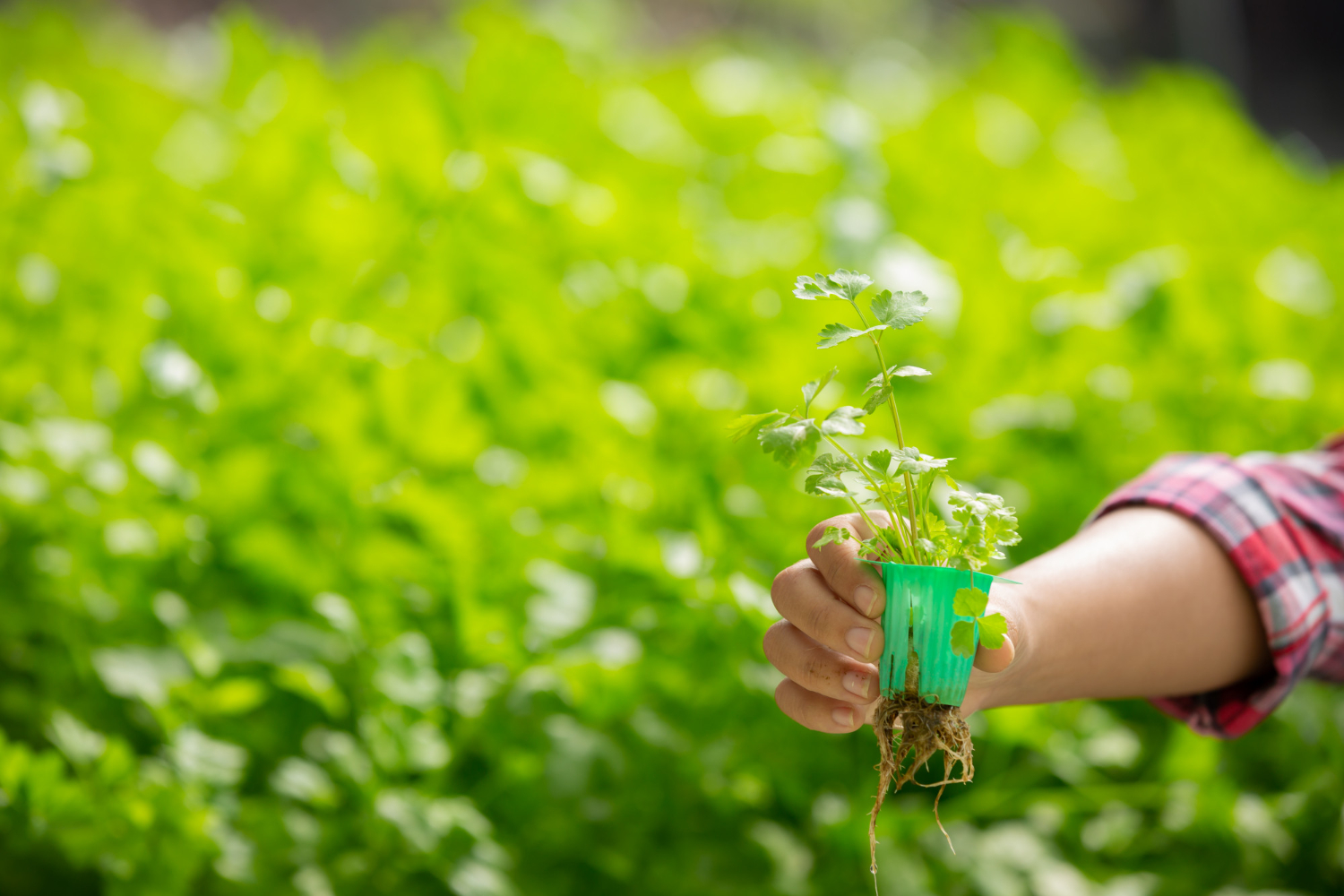National Bamboo Mission
The restructured National Bamboo Mission focuses on developing the entire value chain of the bamboo sector to connect growers with consumers, beginning with planting material, plantation, facility construction, skilled manpower and brand processing marketing, micro, small, and medium-sized enterprises, skilled manpower, and brand building initiatives in a cluster approach mode. Currently, the program is being implemented in 24 states/UTs. The NBM includes provisions for raising bamboo plantations as well as establishing facilities for bio-energy extraction, activated carbon products, charcoal production, pellet production, ethanol gasifiers, and other activities for government agencies and private businesses.
As a result of this historic revision, bamboo grown in non-forest areas is not subject to forest product laws. In 2022-23, the NBM was integrated with the Mission for Integrated Development of Horticulture (MIDH) plan.
NBM also planned to revitalize the bamboo industry through various innovations and regulatory support that would help to reduce carbon emissions and encourage domestic manufacturing.
The Mission’s major objectives are as follows:
- To increase the area under bamboo cultivation on non-forest government and private lands in order to enhance agricultural income, contribute to climate change resistance, and ensure the supply of high-quality raw materials for industry. Bamboo plantations will be promoted primarily in farmer’s fields, homesteads, communal areas, arable wastelands, irrigation canals, and bodies of water.
- To improve post-harvest management by establishing innovative primary processing units close to the source of production, primary treatment and seasoning plants, preservation technologies, and market infrastructure.
- To encourage product development in response to market need by aiding R&D, entrepreneurship, and business models at the micro, small, and medium levels, as well as feeding larger industries.
- To revitalize the underdeveloped bamboo industry in India.
- To encourage skill development, capacity building, and awareness generating for the growth of the bamboo sector from production to market demand.
- To reorient efforts to reduce reliance on imported bamboo and bamboo products by improving productivity and appropriateness of native raw materials for industry, thereby increasing primary producers’ revenue.
Benefits
Individuals and other organizations that meet the requirements for such a term loan are eligible for the PMEGP loan. The following is a list of such eligible entities that may submit a loan application under the PMEGP:
If someone wants to start a manufacturing business costing up to Rs. 25 lakh or a service business costing up to Rs. 10 lakh, they must have completed at least Class VIII of their education.
Eligibility
- The scheme applies to all farmers in India.
Application Process
Refer to the respective state’s Bamboo Mission Portal for an online link.
Step 1: Apply to State Bamboo Mission via their respective portals/offline.
Step 2: Review and approval of the SBM
Step 3: Credit-linked borrowing through scheduled/commercial banks
Step 04: Report project progress and completion.
Step 05: Evaluate and disburse subsidy to beneficiary bank account.
Documents Required
1) Aadhaar number
2) Land documents
3) Caste Certificate (SC/ST only)
4) Phone Details
5) Bank Details
6) Photographs
7) DPR
National Bamboo Mission
-
NBM
- Benefits
- Eligibility
- Process
- Documents
As a result of this historic revision, bamboo grown in non-forest areas is not subject to forest product laws. In 2022-23, the NBM was integrated with the Mission for Integrated Development of Horticulture (MIDH) plan.
The restructured National Bamboo Mission focuses on developing the entire value chain of the bamboo sector to connect growers with consumers, beginning with planting material, plantation, facility construction, skilled manpower and brand processing marketing, micro, small, and medium-sized enterprises, skilled manpower, and brand building initiatives in a cluster approach mode. Currently, the program is being implemented in 24 states/UTs. The NBM includes provisions for raising bamboo plantations as well as establishing facilities for bio-energy extraction, activated carbon products, charcoal production, pellet production, ethanol gasifiers, and other activities for government agencies and private businesses.
NBM also planned to revitalize the bamboo industry through various innovations and regulatory support that would help to reduce carbon emissions and encourage domestic manufacturing.
The Mission’s major objectives are as follows:
- To increase the area under bamboo cultivation on non-forest government and private lands in order to enhance agricultural income, contribute to climate change resistance, and ensure the supply of high-quality raw materials for industry. Bamboo plantations will be promoted primarily in farmer’s fields, homesteads, communal areas, arable wastelands, irrigation canals, and bodies of water.
- To improve post-harvest management by establishing innovative primary processing units close to the source of production, primary treatment and seasoning plants, preservation technologies, and market infrastructure.
- To encourage product development in response to market need by aiding R&D, entrepreneurship, and business models at the micro, small, and medium levels, as well as feeding larger industries.
- To revitalize the underdeveloped bamboo industry in India.
- To encourage skill development, capacity building, and awareness generating for the growth of the bamboo sector from production to market demand.
- To reorient efforts to reduce reliance on imported bamboo and bamboo products by improving productivity and appropriateness of native raw materials for industry, thereby increasing primary producers’ revenue.
Individuals and other organizations that meet the requirements for such a term loan are eligible for the PMEGP loan. The following is a list of such eligible entities that may submit a loan application under the PMEGP:
If someone wants to start a manufacturing business costing up to Rs. 25 lakh or a service business costing up to Rs. 10 lakh, they must have completed at least Class VIII of their education.
- The scheme applies to all farmers in India.
Refer to the respective state’s Bamboo Mission Portal for an online link.
Step 1: Apply to State Bamboo Mission via their respective portals/offline.
Step 2: Review and approval of the SBM
Step 3: Credit-linked borrowing through scheduled/commercial banks
Step 04: Report project progress and completion.
Step 05: Evaluate and disburse subsidy to beneficiary bank account.
1) Aadhaar number
2) Land documents
3) Caste Certificate (SC/ST only)
4) Phone Details
5) Bank Details
6) Photographs
7) DPR








